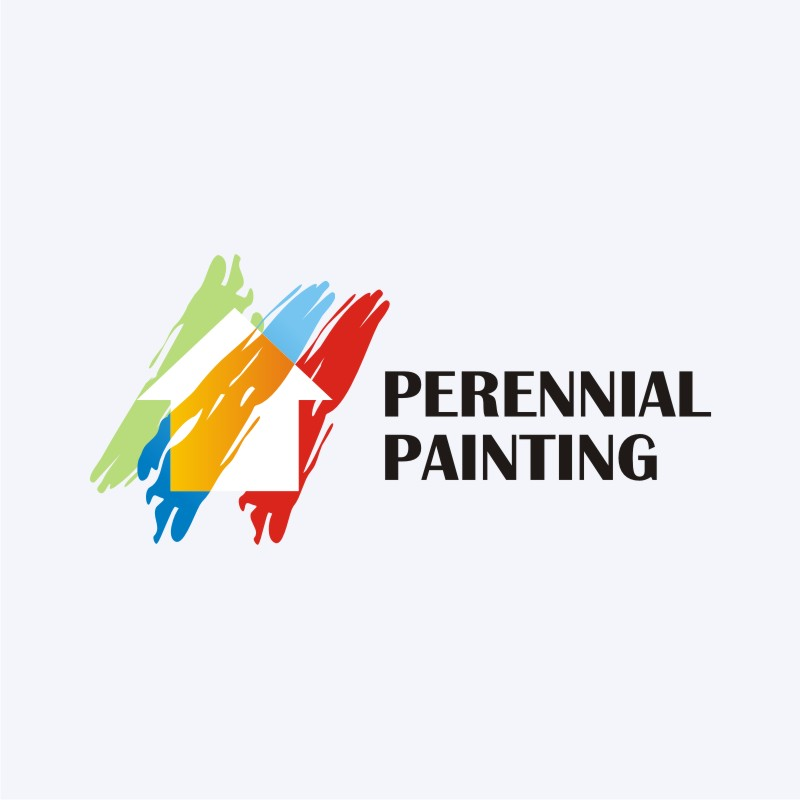When paint, you may unconsciously make usual errors that could impact the last appearance of your project. From choosing the right paint color to making sure correct surface prep work, each step plays a vital role in accomplishing a remarkable finish. By recognizing these challenges and discovering how to avoid them, you can raise your paint skills and develop an area that truly shows your design and focus to detail.
Wrong Paint Shade Selection
Selecting the right paint shade is important when it comes to attaining the desired try to find your area. It establishes the state of mind, enhances the ambiance, and ties the room together. The incorrect color selection can cause an area that really feels out of balance or clashes with the remainder of your decoration.
Before selecting a shade, consider the natural lighting in the space, the function of the space, and the existing colors of your furnishings and devices.
To prevent the error of choosing the wrong paint shade, beginning by examining out samples on your wall surfaces. you can try this out can look different in numerous lighting problems, so it's necessary to see exactly how the shade appears during different times of the day. Additionally, don't neglect to take into consideration the touches of the paint shade.
Cozy undertones can create a cozy environment, while great undertones can make an area really feel more sizable and ventilated.
Inadequate Surface Preparation
Poor surface preparation prior to painting can substantially impact the result of your task. Missing or hurrying via this critical action can bring about different issues such as poor paint adhesion, unequal structure, and premature peeling or splitting. To make sure an effective paint task, take the time to properly prepare the surface before diving into the fun part of applying the paint.
Start by extensively cleaning the surface area to remove any type of dirt, dust, grease, or mold. Sanding the surface area smooth can aid produce a much better bond for the paint to follow. Fill any kind of holes or cracks with spackling compound and sand them down when dry.
click the up coming web site 's additionally essential to prime the surface prior to repainting to make sure better insurance coverage and resilience.
Disregarding proper surface area preparation can cause a subpar surface that might call for expensive touch-ups or perhaps a full redesign. By investing effort and time into preparing the surface area appropriately, you can achieve professional-looking outcomes that will certainly stand the test of time.
Poor Paint Top Quality Option
Before starting your painting task, it's crucial to pay attention to the high quality of the paint you select. Poor repaint top quality can result in a variety of problems, including uneven insurance coverage, shade inconsistencies, and premature damage. When choosing paint, opt for reliable brands known for their resilience and shade consistency. More affordable paints may seem like a cost-efficient choice at first, however they typically do not have the necessary pigments and binders for long-lasting outcomes.
Low-quality paints can also cause inadequate attachment to surface areas, bring about peeling or chipping soon after application. In addition, these paints may need even more layers to achieve correct protection, ultimately costing you even more time and money.
To stay clear of these pitfalls, buy high-quality paints especially created for the surface area you're repainting, whether it's walls, trim, or furniture. By choosing premium paint items, you can guarantee a smooth application process and a professional-looking finish that will certainly stand the test of time.
Irregular Paint Application
To achieve a professional-looking coating on your paint job, making certain an even repaint application is crucial. Irregular paint application can result in noticeable brush strokes, streaks, and a total amateur look. To avoid this error, see to it to effectively prepare the surface area before paint. Fill out any kind of openings or splits, sand harsh locations, and tidy the surface extensively.
When using the paint, utilize smooth and consistent strokes to produce a consistent protection. Prevent straining the brush or roller with paint, as this can result in drips and unequal spots. Furthermore, operate in little areas and blend each new area with the previous one to preserve a smooth finish.
If using a roller, make sure to equally distribute the paint using a "W" or "M" pattern before rolling in a single instructions for a smooth outcome. Taking the time to make sure an even repaint application will substantially boost the general appearance of your paint project.
Neglecting Proper Clean-up
Failing to correctly clean up after finishing a painting job can cause a range of concerns that could have been conveniently prevented. Ignoring correct cleanup can cause dried out paint on brushes, rollers, and trays, making them hard or impossible to recycle. Leaving paint cans open or poorly secured can cause early drying out of the paint inside, wasting your resources. Furthermore, not cleaning spills or splatters immediately can trigger stains on floors, furniture, or various other surfaces that might be challenging to remove in the future.
To avoid these troubles, see to it to cleanse your painting tools thoroughly after each use. Usage proper cleaning agents for the type of paint you utilized and adhere to the manufacturer's instructions. Seal paint cans snugly to prevent drying out and keep them in a cool, dry area. Address spills instantly with a damp fabric or sponge to stop them from setting.
Appropriate cleaning not just keeps the high quality of your devices and products however also makes sure a tidy and orderly work space for your next paint job.
Final thought
In conclusion, by preventing usual painting blunders such as picking the wrong paint shade, poor surface area preparation, inadequate paint high quality option, uneven paint application, and disregarding proper clean-up, you can achieve an expert coating in your area. Bear in mind to very carefully think about all aspects of the painting procedure to ensure an effective end result. Satisfied paint!
